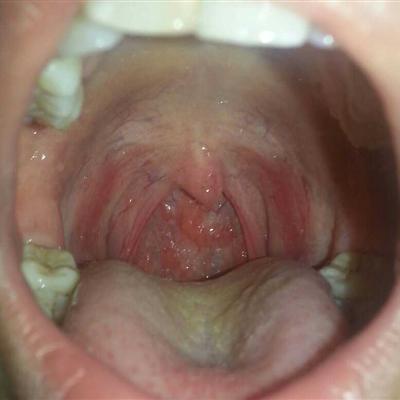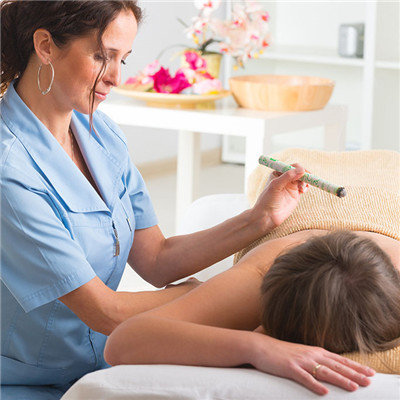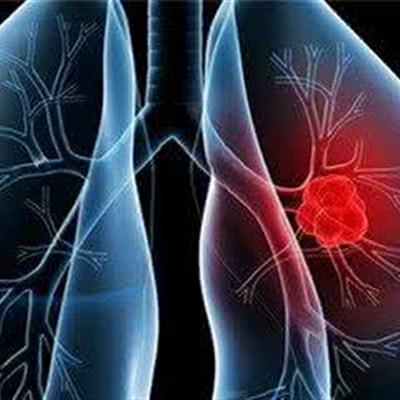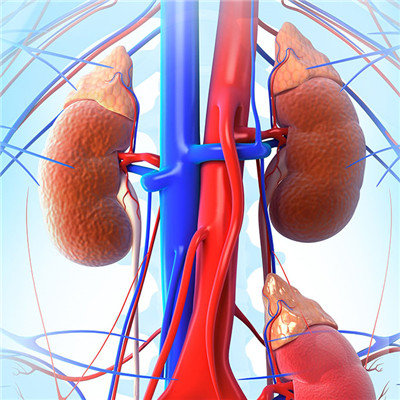How does neonatal reaction low do?
summary
After the birth of the newborn, there will be a strong cry, but some babies cry less when they are just born, so parents will worry about whether it is a low response. So what are the symptoms of neonatal low response? What can I do for reference?
How does neonatal reaction low do?
1. Disturbance of consciousness: the method to check the disturbance of consciousness of the newborn is to give stimulation to the newborn, including pain stimulation. Observe whether there is reaction and the degree of reaction. The stimulation method can be used to gently shake the chest with hands, or to play the sole of the foot with fingers. If there is no reaction, acupuncture can be used as pain stimulation.
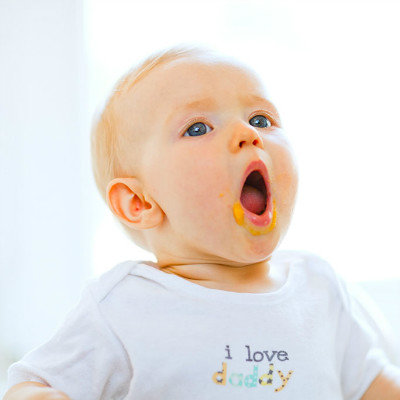
2. Hypotonia: neonatal hypotonia is not only a symptom of nervous system or muscle disease, but also a manifestation of inhibition of central nervous system when many systemic diseases are serious. Hypotonia is characterized by abduction of both lower limbs, soft arms, increased range of motion of elbow and knee joints, and no resistance when limbs move passively. When doing the traction reaction, pull the baby's hands from supine to sitting up, with the head hanging back, can't keep in line with the trunk. When standing up for a few seconds, the head can't be vertical, and the limbs can't shake; The head and limbs droop when raised horizontally. Neonatal hypotonia is often accompanied by weak crying, weak sucking, dysphagia, and decreased spontaneous movement.

3. Physical examination: focus on the ability to maintain life and accompanying symptoms and vital signs, such as body temperature, heart rate, respiration and blood pressure. Nervous system examination should be recorded in time, including head circumference, fontanel pressure, convulsion, respiratory rhythm, etc Eye movement, pupil size, light response and primary reflex should be examined in detail one by one. If necessary, the fundus should be examined to observe whether there is optic disc edema and fundus hemorrhage. The examination of children with hyporesponsiveness should focus on respiratory failure, circulatory failure, shock, high fever, no rise in body temperature, and nervous system examination.
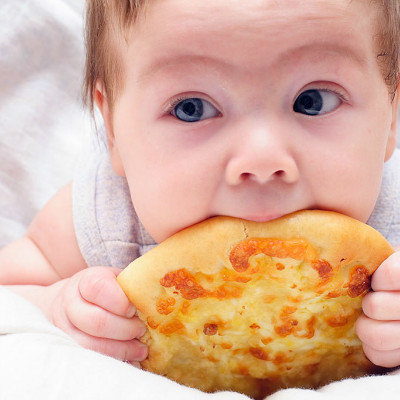
matters needing attention
The prevention of low neonatal reaction mainly includes good health care during pregnancy and perinatal period, and avoiding premature delivery, birth injury and asphyxia as far as possible. After the baby is born, strengthen neonatal care, children born in severe winter season should pay attention to keep warm, do a good job in skin, mucous membrane, umbilical cleaning care, reduce the chance of skin infection; And reasonable feeding, promote breastfeeding, reasonable feeding, in order to ensure the children's nutritional and caloric needs and so on.
